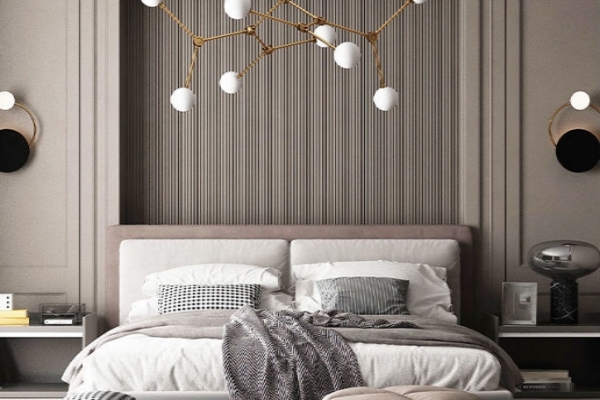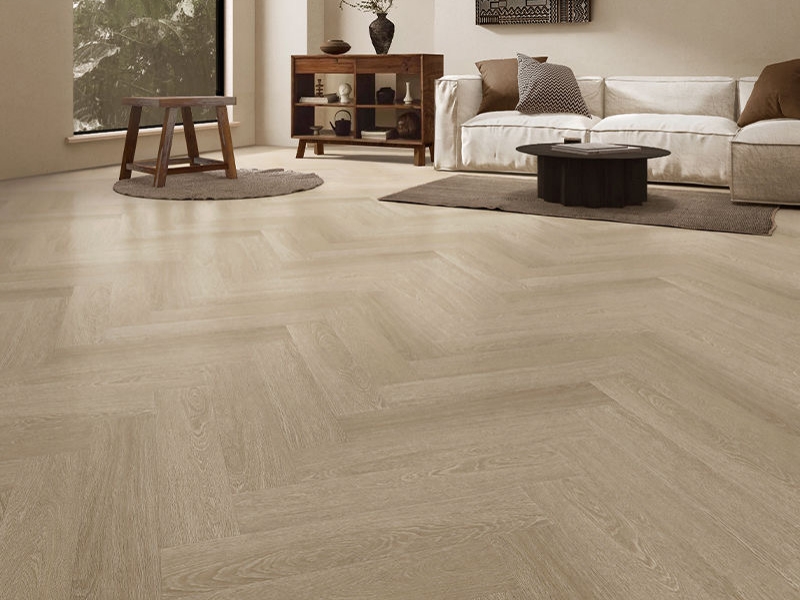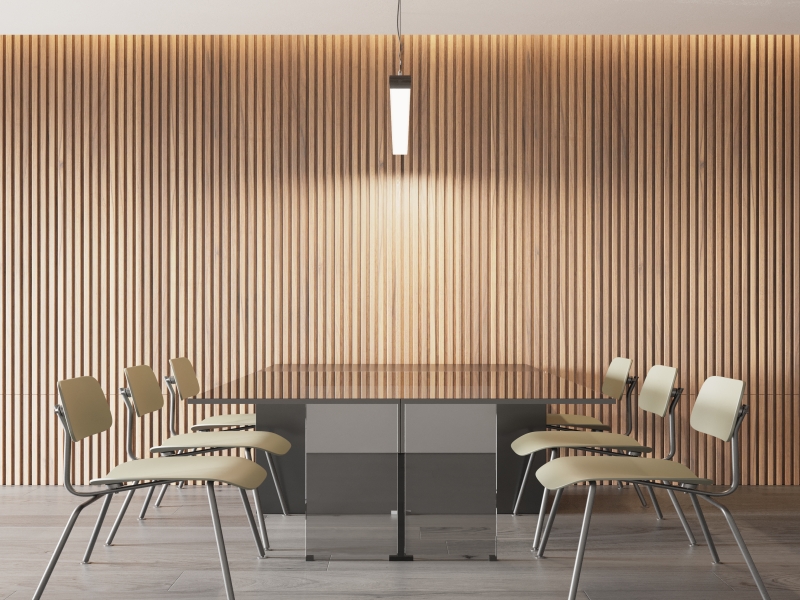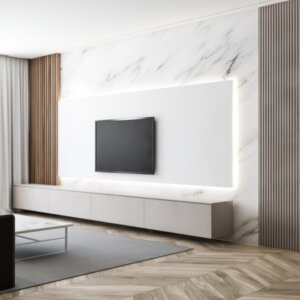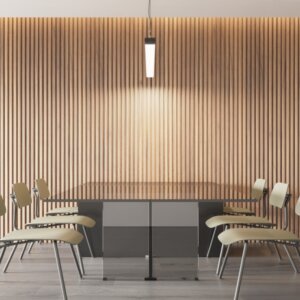Understanding WPC Panel Prices: Key Factors and Tips for Procurement Buyers
Wood Plastic Composite (WPC) panels have become a game-changer in the global construction and design industries, offering a sustainable, durable, and versatile alternative to traditional materials. For international procurement buyers, understanding the factors that influence WPC panel prices is critical to making informed purchasing decisions. This article explores the key drivers of WPC pricing, compares them with other materials, and provides actionable tips to help buyers secure cost-effective solutions.
Introduction to WPC Panels
What are WPC Panels?
WPC panels are innovative materials made from a blend of wood fibers and plastic resins, such as polyethylene or polypropylene, often enhanced with additives for durability and aesthetics. This combination creates a product that showcases the natural beauty of wood while providing excellent moisture resistance, insect resistance, and anti-aging properties. Using environmentally friendly processes and recycled materials, WPC boards are carefully crafted to meet a variety of application needs, from patios to wall cladding. According to industry insights, these panels are prized for their low maintenance and long lifespan, making them a top choice for modern projects.
Why are WPC Panels Popular?
The global rise in demand for WPC panels stems from their unique advantages. They provide a wood-like appearance without the drawbacks of natural timber, such as warping or splintering. Their eco-friendly composition appeals to sustainability-focused buyers, while their resistance to harsh conditions ensures longevity. Procurement buyers value the cost savings from minimal upkeep, making WPC panels a practical and stylish option for residential, commercial, and industrial uses.

Factors Affecting WPC Panel Prices
Raw Material Costs
The price of WPC panels heavily depends on raw materials. Wood fibers, sourced from various species, fluctuate based on availability and sustainability standards, while plastic resins are tied to oil market trends. Additives like UV stabilizers or colorants also add to costs. High-quality materials increase the WPC price but enhance durability, a key consideration for buyers seeking long-term value.
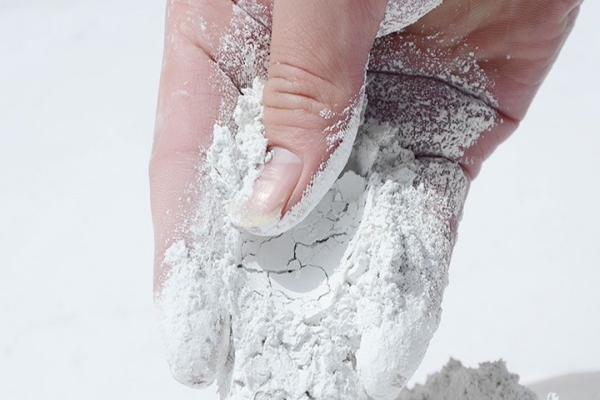
Manufacturing Processes
Advanced manufacturing techniques, such as precision extrusion, elevate WPC panel prices due to the use of sophisticated equipment and skilled labor. These methods ensure consistent quality and strength, as seen in production line at woocanwood.com. Simpler processes may lower costs but compromise performance, so buyers must weigh quality against budget.
Panel Specifications
Specifications like thickness, size, and finishes impact the WPC wall panel price. Thicker or custom-sized panels require more resources, while treatments like UV coating add expense but improve longevity. Buyers should match specifications to project needs to optimize costs.
Market Demand and Supply
WPC panel prices fluctuate with market trends. High demand during construction booms or supply shortages from global disruptions can drive costs up. Staying informed about these dynamics helps buyers time purchases effectively.
Transportation and Logistics
For international buyers, shipping costs significantly affect the WPC price. Larger orders can reduce per-unit expenses, while remote deliveries may increase them.
Comparing WPC Panel Prices with Traditional Materials
WPC vs. Wood
Although natural wood has a lower initial cost, its maintenance requirements—including painting, sealing, and repair—make it more expensive in the long run. WPC panels, with their resistance to decay and minimal upkeep, offer better value despite a similar or slightly higher upfront WPC panel price.
WPC vs. Other Composites
Compared to fiber cement or metal panels, WPC panels are often more affordable and easier to install. Their lightweight design cuts shipping costs, and their insulation properties add energy savings, making them a cost-effective alternative.
How to Choose Cost-Effective WPC Panels
Quality vs. Price
Opting for the cheapest WPC panels can backfire if quality suffers. High-grade panels from China ensure durability and performance, reducing long-term costs. Look for certifications and warranties to guarantee value.
Brand Reputation
Established manufacturers offer consistent quality and support, minimizing procurement risks.
Customization Options
Customizing WPC boards may increase the initial WPC price, but it can reduce waste and shorten installation time. Buyers should evaluate if tailored solutions align with project goals.
Long-Term Benefits
WPC panels’ low maintenance and energy efficiency lower lifecycle costs. Their durability makes them a smart investment for cost-conscious buyers.
Case Studies and Applications
Residential Use
In a recent housing project, we supplied WPC panels for decking, delivering a wood-like finish with zero maintenance. The panels withstood years of weather exposure, proving their worth.
Commercial Projects
A shopping mall used our WPC wall panels for interiors, achieving a modern look with added safety and sound insulation. The project showcased their commercial viability.
Industrial Applications
An industrial facility chose WPC cladding from Woocan, replacing corroding metal. The panels’ resilience and insulation cut costs, highlighting their industrial strength.
Tips for Procurement Buyers
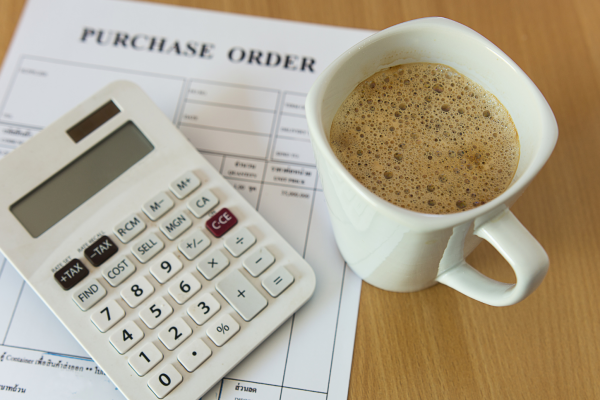
Bulk Purchasing
Ordering in bulk lowers the WPC panel price per unit and streamlines shipping. Coordinate with us to match quantities to your project scale.
Supplier Negotiation
Compare offers from multiple suppliers and leverage relationships with us for discounts or flexible terms. Clear communication ensures the best deal.
Understanding Market Trends
Monitor raw material costs and industry shifts to buy at optimal times. We provides market insights to guide your strategy.
Conclusion
WPC panel prices are shaped by raw materials, manufacturing, specifications, market forces, and logistics. For procurement buyers, this knowledge unlocks cost-effective choices that balance quality and affordability. WPC panels’ durability and sustainability position them as a future-proof investment. Partner with Woocan to leverage these benefits and elevate your projects with innovative materials.

